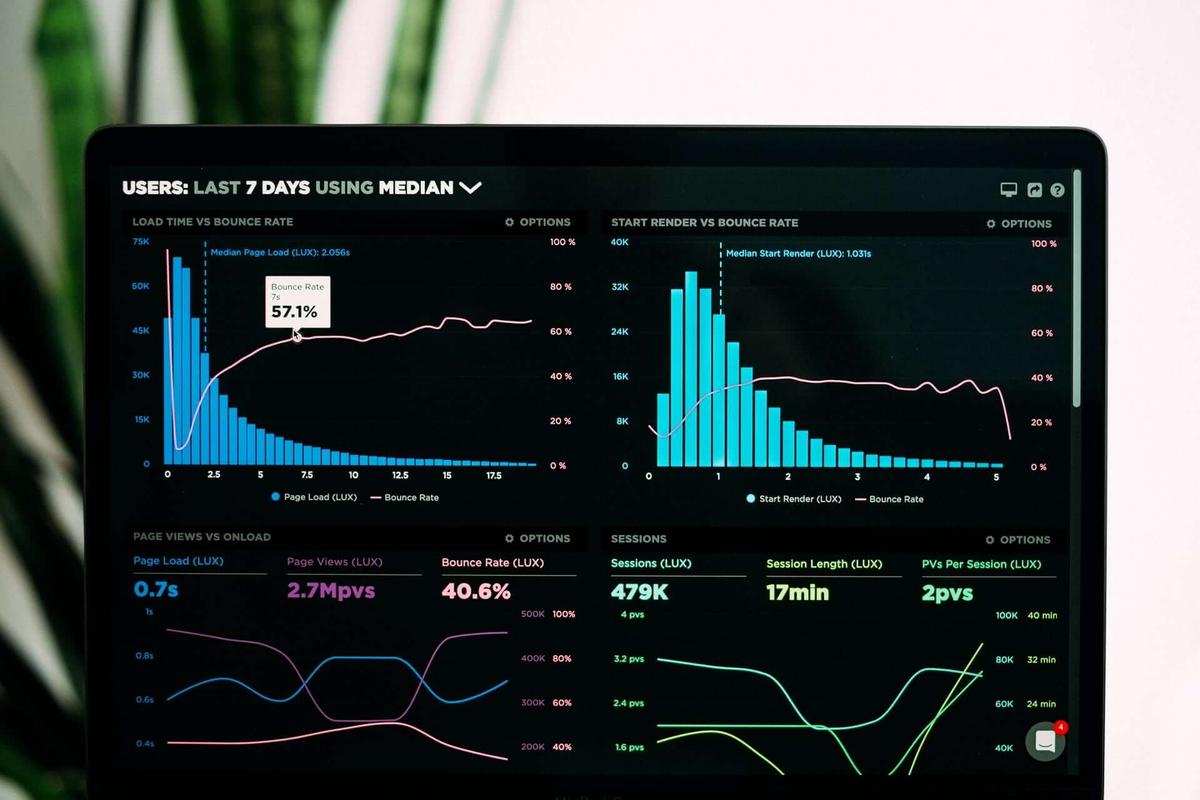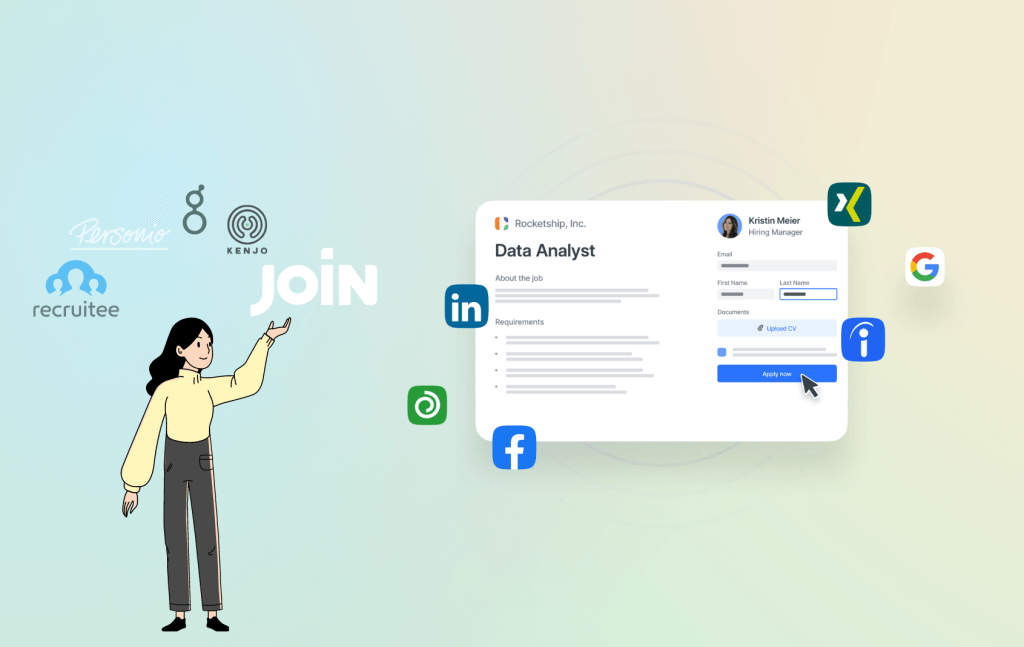What are recruitment analytics?
DefinitionRecruitment analytics are a set of metrics, KPIs, or other data that track important factors of the recruitment process. These insights help to make improvements and inform decisions for future recruitment.
Which analytics are important for recruitment?
The important recruitment analytics, or recruitment KPIs, depend on a company’s long-term hiring plan, what it wants to achieve through recruitment, and the recruitment methods it currently uses.
For example, a company that relies mainly on social recruiting will probably track and analyse different KPIs than a company that mainly focuses on employee referrals.
However, there are a few key recruitment data analytics which all companies should regularly analyse:
How is this recruitment data analysed?
This data can be analysed in several ways but will first need to be collected. This can be done by using an ATS, or another recruitment automation tool.
The relevant data on each applicant is then stored, and can be measured and analysed at regular intervals. Depending on the ATS you use, the tool may do this for you, by providing a recruitment analytics dashboard, or can be done manually by a Data Analyst, or another relevant team member.
What are the benefits of recruitment analytics?
The benefits of analysing recruitment data can range anywhere from lowering your recruitment costs to better recruitment success.
Understanding which job boards work for you, for example, means that you can save money by not posting to job boards that don’t gain applicants for you.
Or, you may find that a certain screening question is losing you many applicants, which will allow you to reword or remove this question to gain more applications.
Who should be involved with recruitment analytics?
Ideally, anyone involved in the hiring process should have access to your recruitment analytics in some form. This will allow everyone who influences these metrics to understand the strengths and weaknesses of your hiring process.
For example, if a certain hiring manager notices they have an incredibly high rejection rate, this may allow them to either change their job description to attract more qualified applicants or to review the seniority level of the position.
This will save time (and money) in the future, and lead to better hiring success.
However, if you’re not using an easy-to-use, accessible, and understandable tool to provide these analytics, an experienced HR professional or Data Analyst may need to be employed to turn these numbers into accessible reports.


